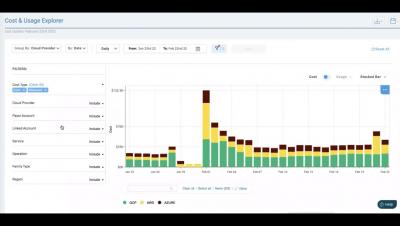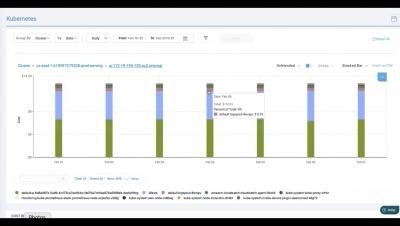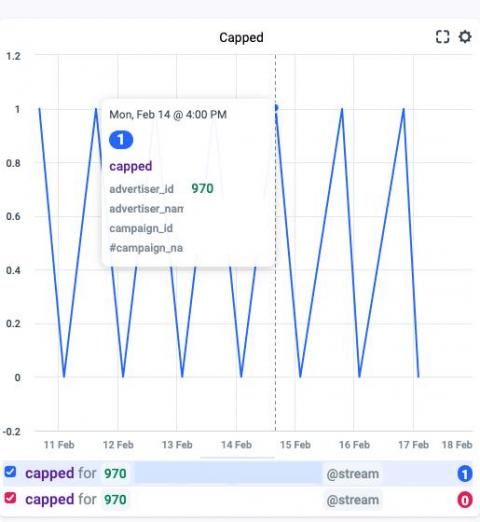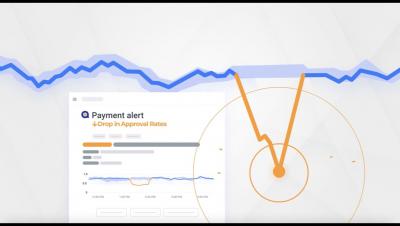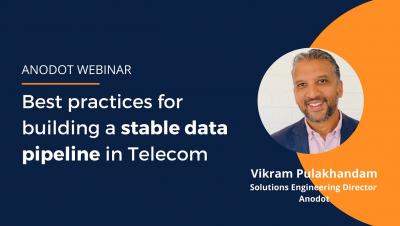Operations | Monitoring | ITSM | DevOps | Cloud
Anodot
Kubernetes Pod Overprovisioning Demo
Best Practices for Maximizing Your Kubernetes ROI
96% of companies now use or are in the process of evaluating Kubernetes. As the maturity and complexity of Kubernetes environments grow, costs quickly spiral out of control when an effective strategy for visibility and optimization is not in place.
Understanding Kubernetes Cost Drivers
Optimizing Kubernetes costs isn’t an easy task. Kubernetes is as deep a topic as cloud (and even more complex), containing subtopics like: That’s a lot for a busy DevOps team to understand and manage, and doesn’t even consider that line-of-business stakeholders and finance team members should have some understanding of each cost driver’s function and importance to contribute to a successful FinOps Strategy.
Kubernetes Cost Optimization
As the complexity of Kubernetes environments grow, costs can quickly spiral out of control if an effective strategy for optimization is not in place. We’ve compiled expert recommendations and best practices for running cost-optimized Kubernetes workloads on AWS, Microsoft Azure, and Google Cloud (GCP).
Monitoring AdTech KPIs Can Prevent Lost Business and Revenue
The high volume and high rate of transactions in the adtech market pushes vast amounts of data through the entire ecosystem, 24×7. Regardless of its place in the market – advertiser, ad exchange, ad network, or publisher – each has thousands or even hundreds of thousands of metrics that measure every aspect of the company’s business. Monitoring these metrics can prevent incidents from impacting the business.
What is Cloud Financial Management?
There are few organizations left today without some of their business operating in the cloud. A recent IDG Cloud Computing Study found that 92% of businesses globally moved to the cloud. According to Gartner, cloud adoption spending will surge to about $482 billion by the end of 2022. Most companies make the move to take advantage of the speed, innovation, and flexibility offered by cloud computing solutions. Operating in the cloud can also provide cost savings and improved productivity.
Reducing False Positives in Capped Campaigns
As the adtech industry continues to expand and the volume of ads sold and served grows exponentially, the only way to manage the business is through programmatic advertising. This approach utilizes data insights and algorithms to automatically serve ads to the right user, at the right time, on the right platform, and at the right price. The speed and scale of online advertising means that adtech companies need to collect, analyze, and act upon immense datasets instantaneously, 24 hours a day.


